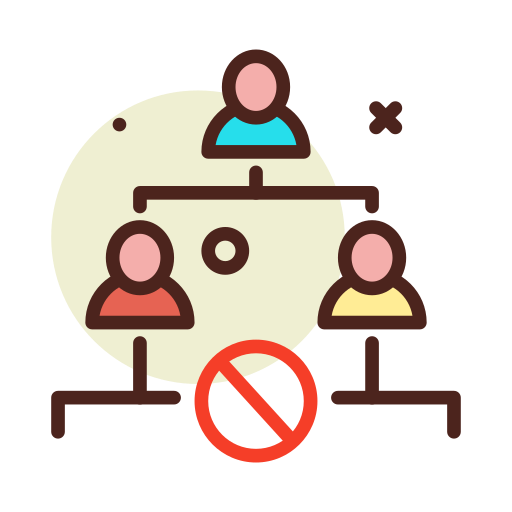Recently, the subject of teams working across time zones has come up in three separate conversations, so it makes for an excellent topic to write about. Here are a few guidelines I’ve seen applied successfully that will help work across time zones a bit easier on your team. Default to public conversations in chat Doing […]



